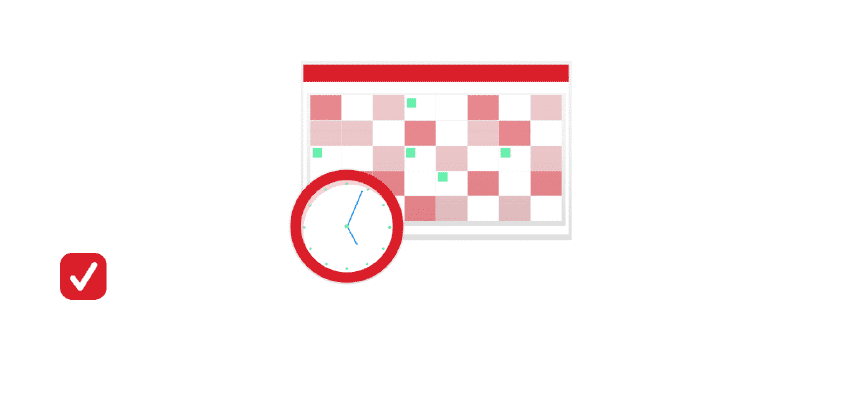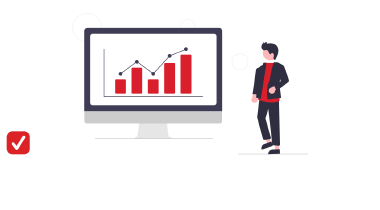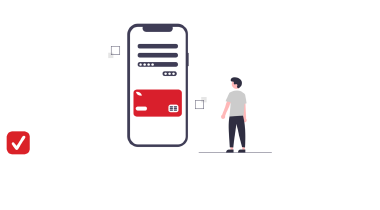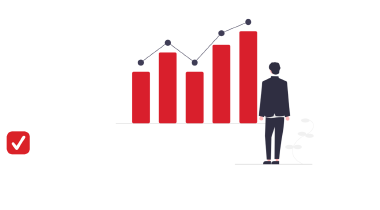Reduce your stack of outstanding invoices with this approach

An invoice with a payment term of 17 days will be paid faster and more often within the term than an invoice with a payment term of 30 days. Our research shows that debtors do not care much about the conventional payment terms of 30 or 60 days, but use their own internal payment terms. However, an unusual payment term is more noticeable!
On top of mind with your customers
Prevent outstanding invoices by stating immediately and clearly what you expect. Then it is more likely that your invoice will not end up on the stack unprocessed. An unusual payment term is one of the ways that you stay on top of mind with the customer. If a customer sees 17 days instead of the usual 30-day period, he will be more inclined to initiate the invoice immediately. However, this does depend on the further efforts you make.
Reduce outstanding invoices through faster payments
An invoice is a payment request, but also a contact moment between customer and supplier. It may even be the only contact between you and your customer. A well-drawn up invoice tells the customer what is due to you after business, but also shows urgency, pride and pleasant cooperation. The better you are able to communicate via an invoice, the better your customers will pay. And that reduces your stack of outstanding invoices!
Read here 3 tips to get paid faster and easier
Data-driven invoicing
Improving the payment behaviour of your customers requires a data-driven approach and experimentation to test what works best for your business. Counteracting outstanding invoices with unusual payment terms is one of the actions that help, but will not be enough in itself. Make this part of your strategy to get paid better. This does not have to cost you a lot of time, because thanks to automation, data-driven insights and the latest fintech solutions, effective strategies are easy to implement.
Worried about keeping track of various unusual timeframes for different customers? With the right software, it’s just a matter of checking and leaning back!
Related articles

Invoice finance software, a new way of financing your growth

Order to Cash software (O2C)

